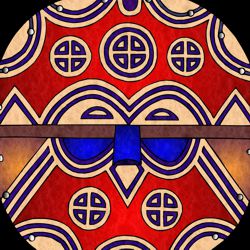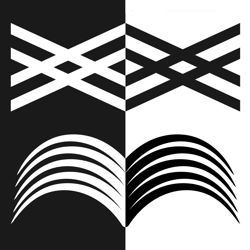The Function of an African Mask
Tribal masks are used to represent the spirits of ancestors or to control the forces of good and evil.

Traditional Dogon Mask
Photo © Ferdinand Reus
In the early 20th Century, artists like Pablo Picasso and Andre Derain were inspired by the bold abstract designs that they discovered in African tribal masks. They collected and used these works of art to influence their own styles of Cubism and Fauvism. In effect, they used African culture to refresh the tired tradition of figure painting in Western Art.
As a result, we now tend to admire the bold design and abstract patterns of African masks through European eyes. We appreciate them as exhibits on museum walls, cut off from their traditional meaning and magical power. However, this is not how they were designed to be viewed.

Dogon Masks and Ceremonial Costumes
Photo © Devriese
African masks should be seen as part of a ceremonial costume. They are used in religious and social events to represent the spirits of ancestors or to control the good and evil forces in the community. They come to life, possessed by their spirit in the performance of the dance, and are enhanced by the music, color and atmosphere of the occasion. Some combine human and animal features to unite man with his natural environment. This bond with nature and the spirit world is of great importance to many tribal cultures and through the ages masks have always been used to express this relationship.































